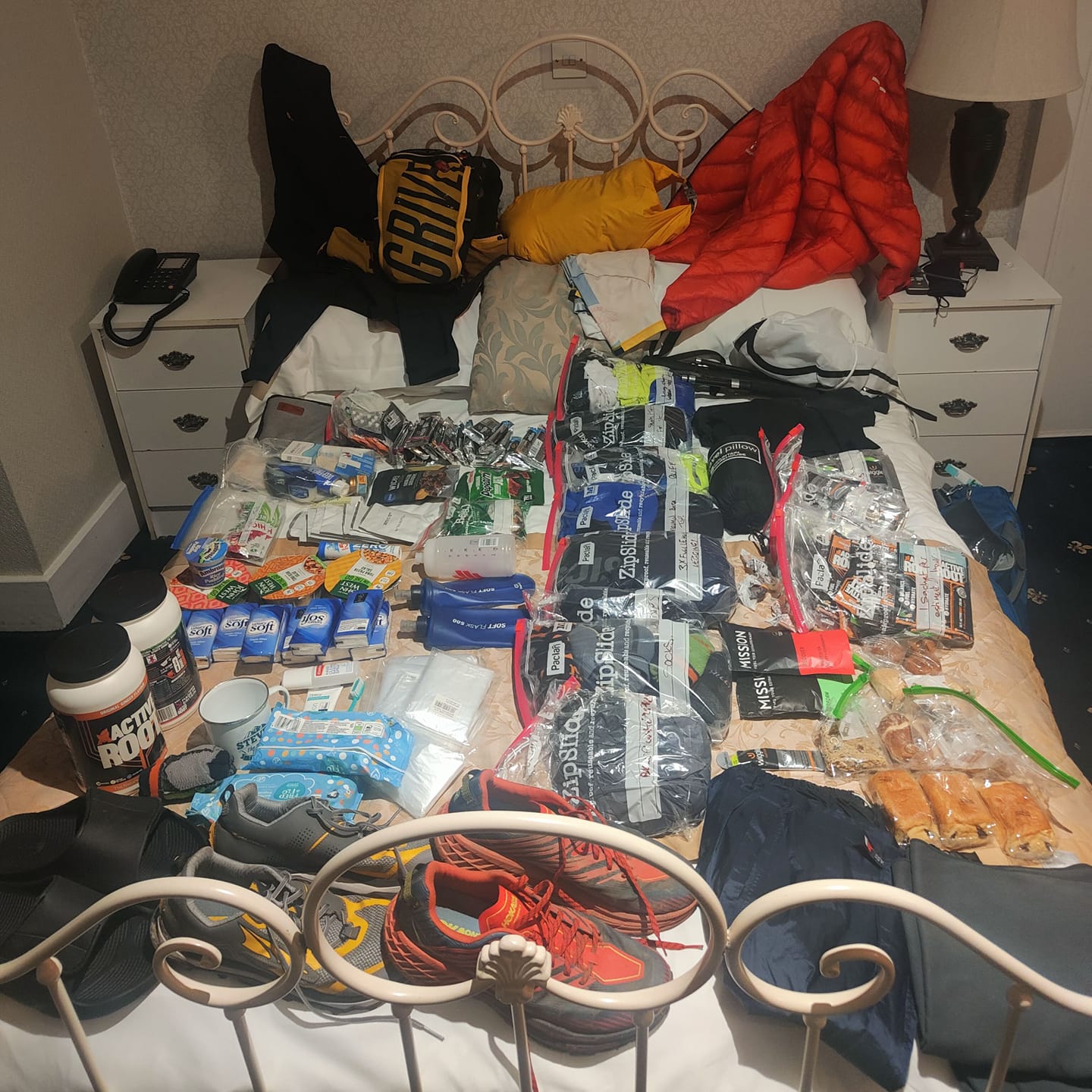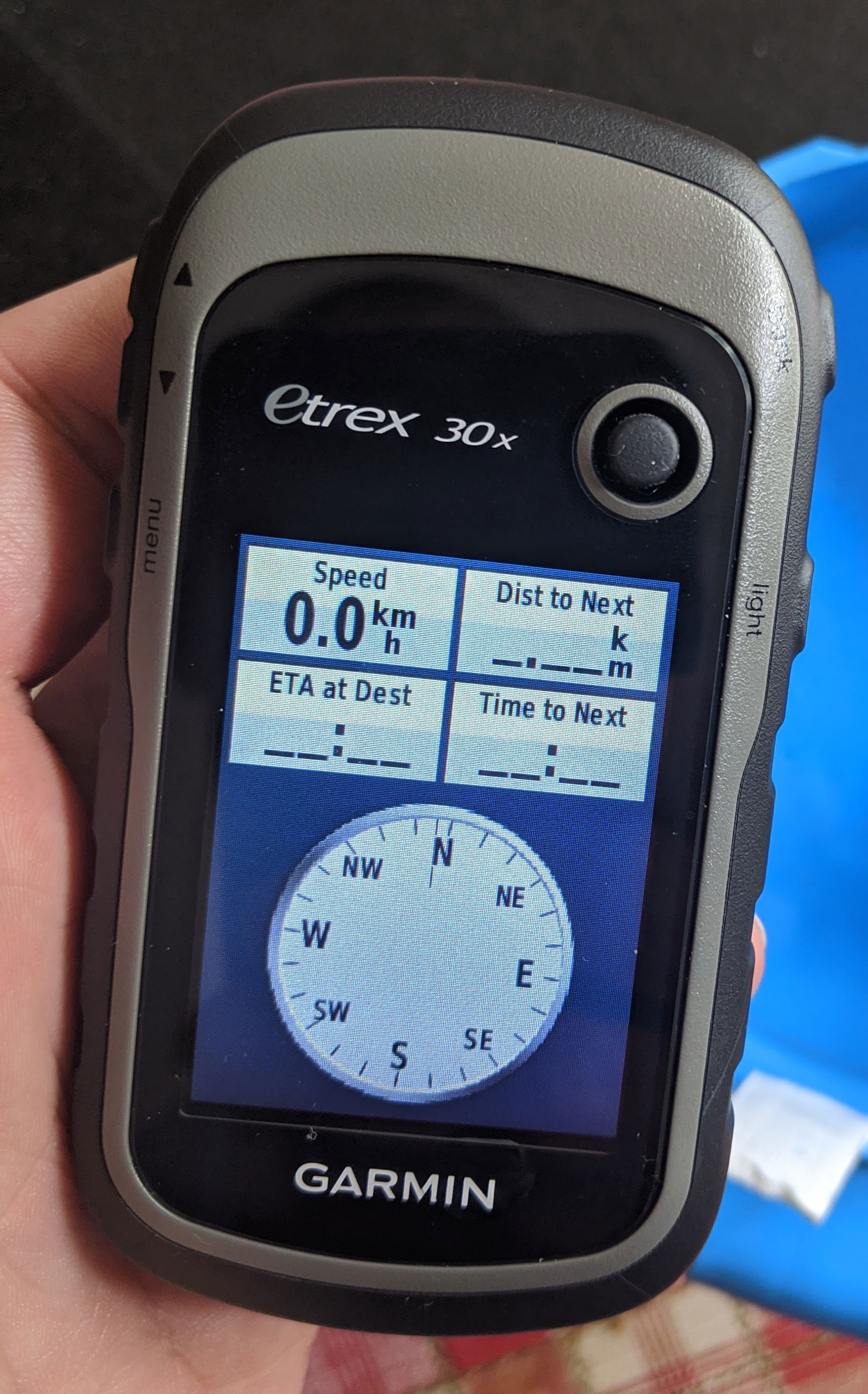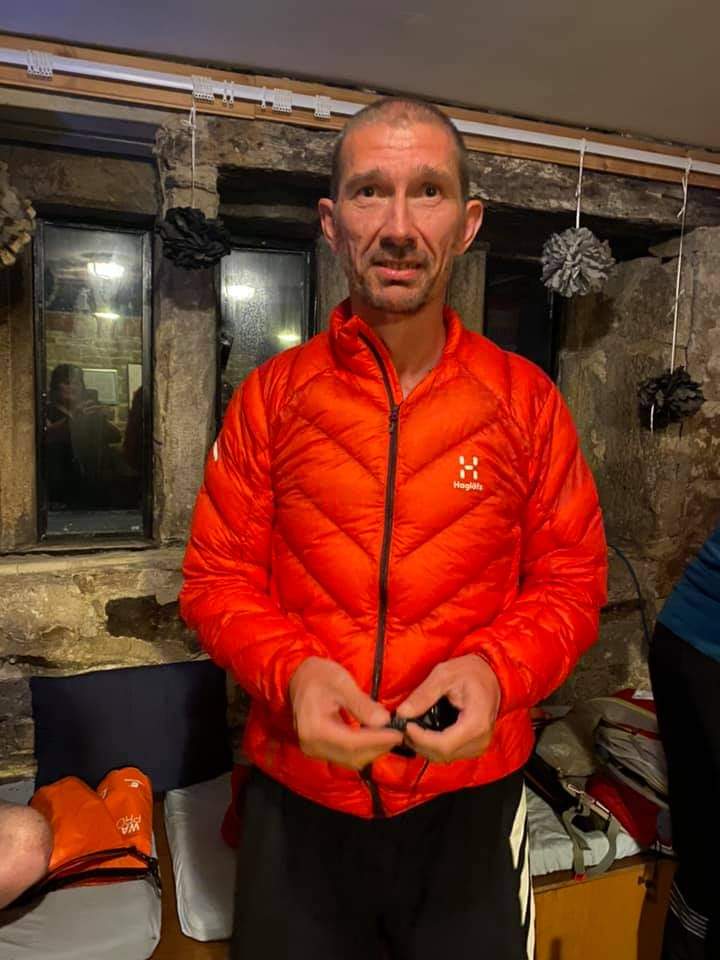
For the South Wales Wildhorse 200 I didn't want to be worrying if I had the right kit with me so put quite a lot of thought into the gear I would take. This is a brief overview of some of the kit I took and the reasons why, it's far from exhaustive but I hope useful nonetheless.
Running Pack
I have a number of running packs that I use, a couple of decathlon packs, an ultimate direction pack and also a Grivel pack.
The first consideration I gave to which pack was which of my packs would hold all of the gear I would need for a 200 mile event. This left me with a choice of the Grivel or the larger Decathlon pack. My Decathlon pack is more comfortable, lighter and holds probably a little more than the Grivel pack, however having left some snack bars in a pocket while away in the caravan a mouse had nibbled one of the main mesh pockets and so I was wary of that pocket failing during the event and me losing kit and so I went with the Grivel Mountain Runner 20l pack, absolutely bomb proof and I had used it for Deadwater which was a similar distance, allbeit over a number of days. One less worry while running.
Electronics
As far as electronics go there wasn't really much decision to make as I wasn't about to splash out on too much new.

My watch was (now have Coros Vertix 2) a Suunto Spartan Ultra which I had picked up second hand but had been reliable and I knew I could charge on the go. I had used it for 100 mile ultras without issue and also for a multiday so was confident it would do the job although would need a charge on the go. As it turned out I was wrong as it went into power saving mode just before one of the first checkpoints and point blank refused to come out of power saving mode once I had topped up the charge. The result - totally inaccurate splits, mileage info, route record etc so I had no idea how far I had gone, how my pacing was etc hence splashing out on a Vertix 2 which is on a whole different level.

For my main navigation I use a Garmin Etrex 30x. I have used this numerous times in dozens of ultras so know that with good quality AA Lithium batteries it will last 31hrs on one set. It was reliable as ever (with one brief exception) and I really couldn't fault it. The only inconvenience was that I was using running poles so needed my hands free which meant that I had it on a holder attached to my pack so a little potch to look at it but a minor inconvenience for the benefit it provided.
I use the Komoot app on my phone for backup navigation. I don't actually set the app to navigate as this is very battery intensive. Instead I open the app and the route and simply expand the map which shows where I am so whenever I am unsure where I am or should be going I just check on this to confirm. Surprisingly this became essential up in the Beacons after dusk into the early hours when in thick mist and zero visibility both the Etrex and my watch decided that they would go doolally and the navigation of both just jumped around randomly, my phone however picked up my location and guided me very gingerly over an unfamiliar section of the Beacons. I highly recommend this app as the free version is perfectly adequate and includes a region, I bought the world maps I think for £20 for life so no ongoing cost and worth every penny.
My headtorch of choice is a LedLenser Neo10R. I have used this headtorch now for multiple ultras and it is fantastic. I know that on one charge it will go right through the night on a light setting that is more than bright enough for technical terrain, it also has an adjustable beam so when looking for the exit from a field I just narrow down the beam and can scan much further ahead. Another benefit of this choice is that Ledlenser sell the Flex7 which is a battery charge pack that holds two of the same batteries as the headtorch uses so I can carry spares while still having the capacity to top up my phone, watch etc and for that exact reason I invested in the Ledlenser Flex7 for the event and a few extra batteries. It was a good call. My backup is a very small Petzl headtorch that will last about two hours, long enough for me to get somewhere safe from most locations and give my main headtorch a top up.
Footwear
Now I can confess I am a huge Hoka fan, but Hoka are not always a fan of me as my feet are flat, wide and deep, basically everything a runners feet should not be. I have however found that Hoka Speedgoat 4 work for me so they are my go to being a great allrounder. I did however find that on the last few days of Deadwater my feet had swollen and so after that I had tried some Altras, their road shoes I can not get on with however the Lone Peak 5 and the space they gave my feet was a revelation and so they came along as well in case my feet decided to swell, I genuinely don't recall if I used them or not, I would have to check the photos but it was reassuring to have the option.
I also took a pair of Oofos sliders with me for at the sleep stations and after the event. Something I learnt at Deadwater was that airing your feet out between stages made a huge difference to how much damage you do to them over a long distance and so at checkpoints and sleep stations if I was stopping long enough or changing my socks I would give my feet chance to air out, the sliders allowed this while still being able to walk around and get logistics taken care of. A definite for me in almost any big event from now on.
Clothing
I am not going to mention all the clothing I took with me but will mention a few key items. I packed assuming that I would need the entire cut off time and that it would rain for the entire event. As it turned out I was actually quite quick considering I had only just recovered from a calf strain and it didn't rain at all which was a shock. So my go to's with clothing:
Hilly monoskin ultra socks, I have tried dozens of brands and these are always my favourites. My feet stay healthy whether it is cold, hot, wet or dry as long as I give them a little TLC. I did take some other brands purely to cater for if my feet did swell up or my feet became tender with the miles so had some thinner socks and some more cushioned socks so I could adjust if need be.
I always, and I do mean always wear Niksa running boxers for long runs, they are just some obscure brand on Amazon but they work, as simple as that. I generally combine them with a pair of compression shorts (fitted not tight) and then a pair of running shorts with numerous pockets over the top such as the Adidas Terrex Agravic Pro which have enough pockets to hold my phone, gpx, snacks, gels, money etc etc. This is a system that works very well for me and keeps me comfy.
My tops again were mostly a collection of long sleeved fitted tops which I find prevents chaffing. I generally wear long sleeves when the sun might be out to help prevent sun burn. No particular brands with these, I find they pretty much all work as long as they are fitted but not restrictive.

I always carry with me on long runs my Hagloffs L.I.M Essens jacket and it is 100% my best running gear purchase. It weighs next to nothing, squishes down to take next to no space and is very warm even when wet. It has the added bonus of actually being very very comfy as well. This is one item I would hate to be without and was worth every penny.
Buffs - lots of buffs. I am a huge fan of buffs, they can be used as gloves, wipe sweat from your eyes, act as a hat to keep you warm or protect you from the sun, help keep you cool by soaking and putting on your neck, be used as emergency first aid like a bandage or for "other" emergencies. In short on a long run and always in an event I will have at least four buffs on me as they are so versatile.
Nutrition
I am fortunate in that I am very tolerant of energy gels so I used mostly these for my in run nutrition. Now I usually use Torq energy gels but as mentioned previously I packed for taking the entire cut off time and when I did my calculations that was a crazy amount of gels and so I looked for some cheaper options. I found Wiggle gels on offer for £6.99 for 20 and given that I was packing over a hundred of them I tested them out, found they worked just fine for me and ordered another 120 or so, in the end I used 76 gels in the event. Nutrition is very much something you need to trial in training but I thought these were worth mentioning as even at their normal price of around £12 they are a bargain. Along with the gels I used Active Root in my water, I have found that this helps keep my stomach from misbehaving, makes it easier to get the target 60-90g carbs each hour in and also makes a refreshing flavour change from the sweetness of the gels.
Over a long distance like this most if not all will also get some real food in, the checkpoints had some food but I knew I would need more but unfortunately I was uncrewed so needed something that would keep without chilling and not need heating. My solution is something that I used as my treat meal for Deadwater and also has the benefit of getting some protein in helping with recovery, John West on the go Tuna Salad meals. These don't need chilling, have long use by dates and are ready to eat while also being a good source of protein. Perfect for long events like this.
Two other items that I really enjoyed having were a selection of Mission Teas which I have been using for a couple of years now and some cuppa soups which ordinarily are nothing to write home about but for some reason were so so satisfying!
Other Items
I am only going to mention a few other items that were really beneficial and those were:

Harrier Helvellyn Carbon Z poles, I have found that I can maintain a really good hiking pace using these, especially on long steady hills and at the price point they are a great pole although when I do replace I will look for a lighter set but they have taken a hammering. covered thousands of miles and more than justified the price tag.
2Toms Blistershield - I used to use vaseline to protect my feet but found that was fine up to 30 miles but after that I started to have issues. After much trial and error I came across the 2Toms products and have found that they have worked well for me so now are my go to for the very long events.
Salomon Filter Softflask - I knew that it would be quite some way between checkpoints, particularly once I had slowed down but didn't want to have to carry a bladder as well as my main front of vest bottles so took this filter flask with me so I could take advantage of water sources along the way. Some kind of filter flask is a great addition to an ultra runners kit list.
So what didn't I take
With the event being in Wales in April I expected it to rain and so I tested DexShell waterproof socks. They were completely waterproof but just pointblank refused to stay on my feet so caused no end of issues, a very good example of why you need to test your kit in training runs.
Raidlight Responsiv Ultra Running Shoes - Great reviews, great price but for me in training runs blisters galore if they got wet so they have been gathering dust since.
So that's it for this post. Obviously I took many other items such as first aid kit, waterproofs etc but these are the pieces of kit that I had very strong reasons to choose or leave behind.
Do you use any of these, what are your thoughts?
What is your go to kit, or for that matter kit that is a definite no?
Love to hear your comments!
If you liked reading this blog sign up to my mailing list here to be updated when new content is added.
Affiliate links
I keep these links at the bottom of the post so they do not intrude on your reading experience however I include them here for your convenience should you choose to purchase any items mentioned.
Please note that as an Amazon associate any purchases made using these affiliate links will result in me receiving a financial reward.
In order to maintain the integrity of PFM Coaching however I will only include links to items that I am personally happy to use but stress that this does not mean they will be suitable for you.